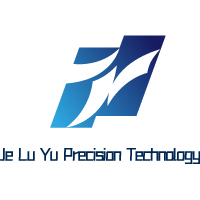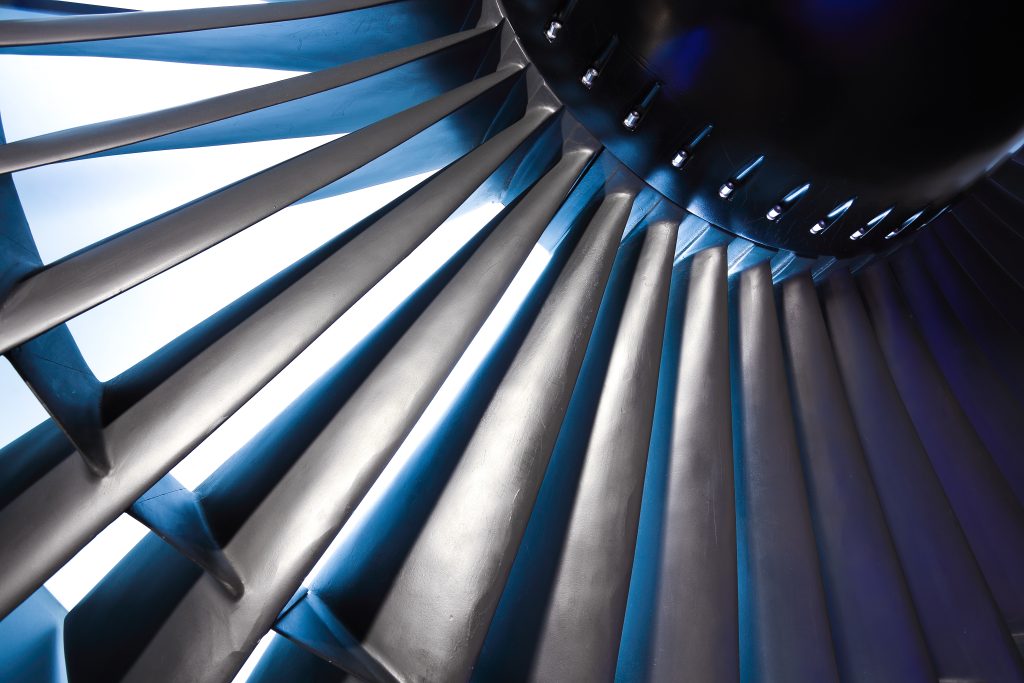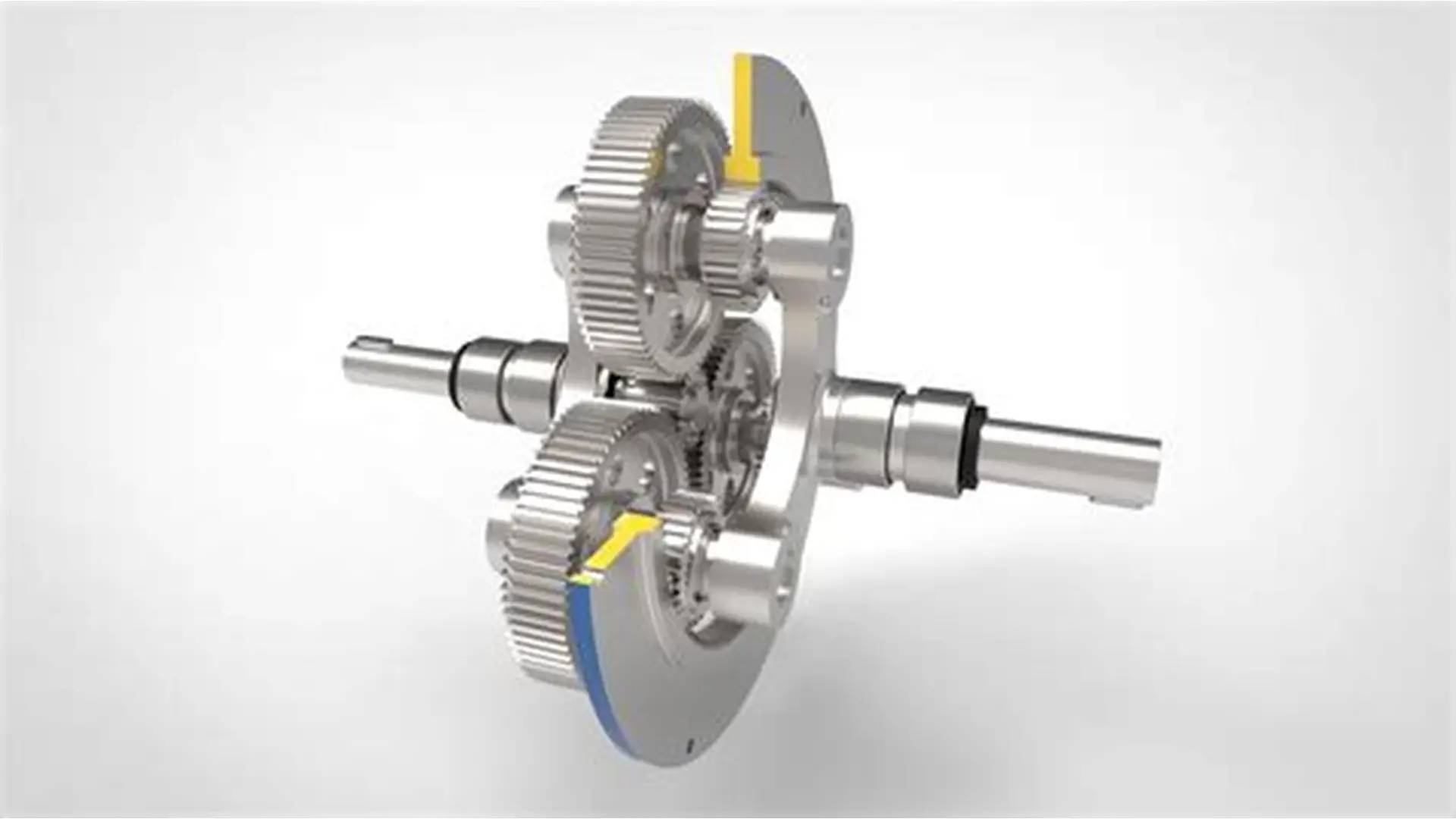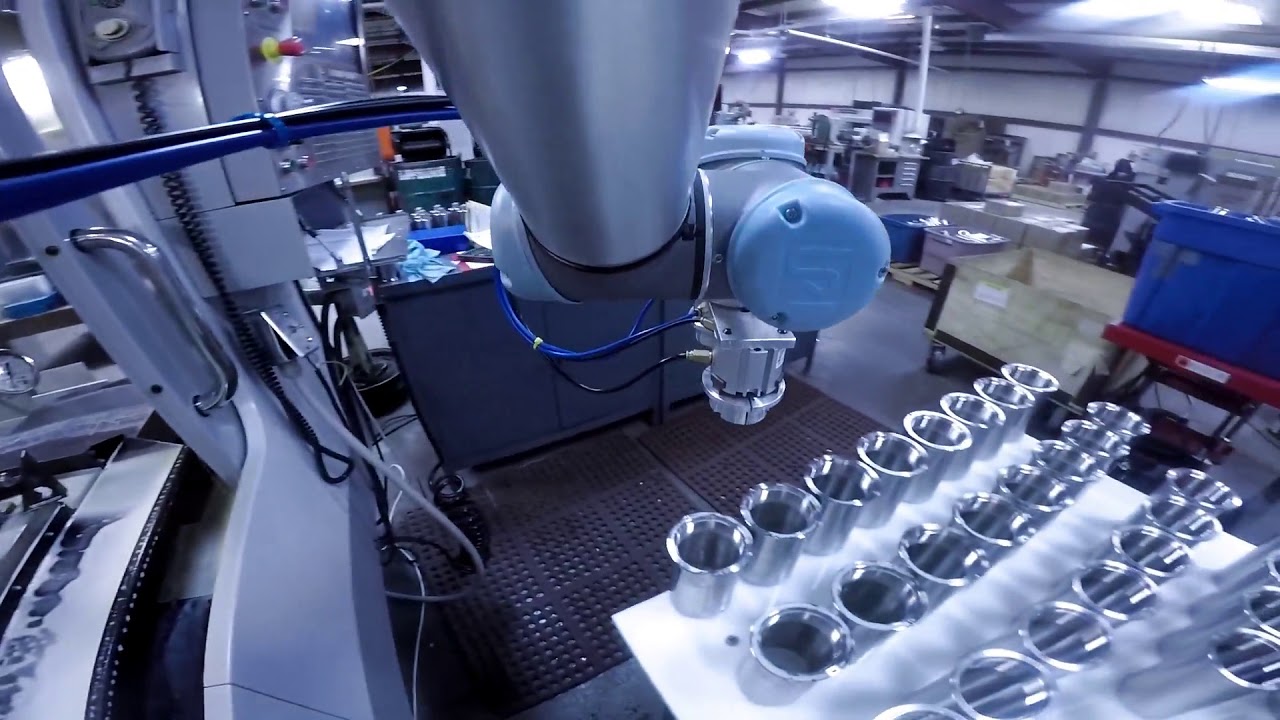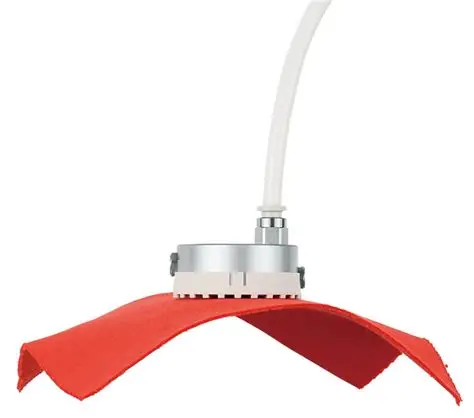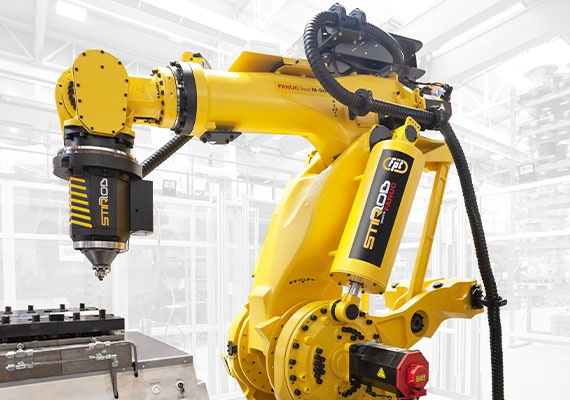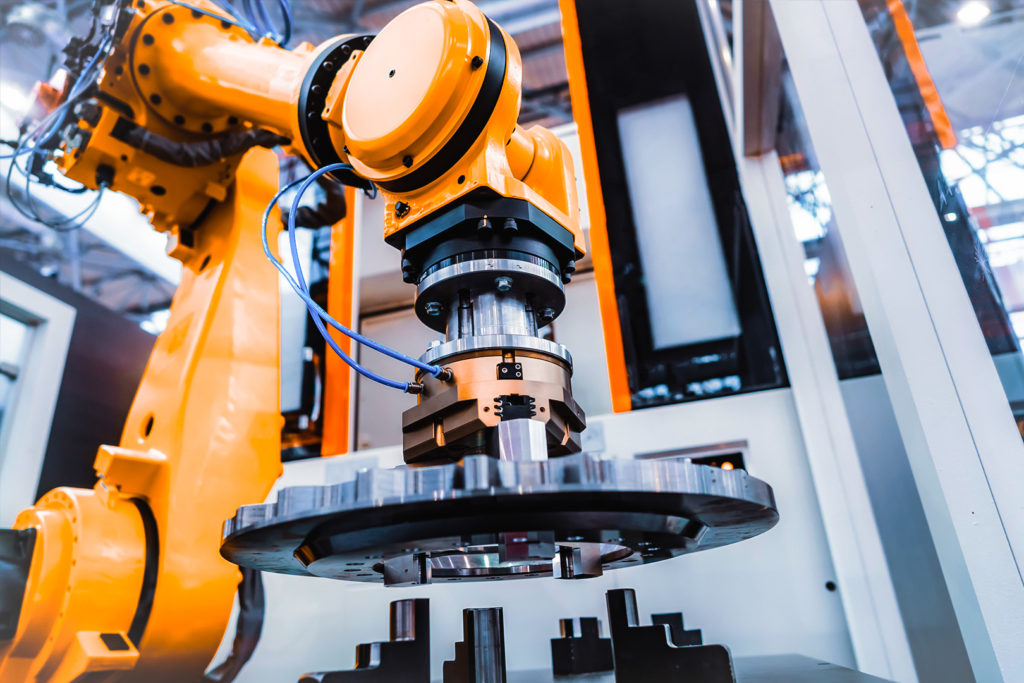Revolutionizing High-Temperature Manufacturing: JLYPT’s Mastery of Ceramic Matrix Composites
In industries where failure is not an option above 1,500°C, ceramic matrix composites (CMCs) like SiC/SiC (silicon carbide/silicon carbide) and C/SiC (carbon/silicon carbide) are rewriting the rules of extreme-environment engineering. Since 2015, JLYPT has delivered over 5,000 mission-critical CMC components, achieving sub-10 μm tolerances even in complex geometries. With 7 proprietary machining patents and Nadcap accreditation, here’s how we unlock CMCs’ potential where traditional materials falter.
1. CMC Fundamentals: Where Ceramics Meet Resilience
The Architecture of Thermal Survival
CMCs combine ceramic matrices (SiC, Al₂O₃) with ceramic fibers, merging refractoriness with fracture resistance:
| Material | Matrix | Reinforcement | Key Properties |
|---|---|---|---|
| SiC/SiC | Silicon Carbide | SiC Fibers | 1,650°C operating temp, 300 MPa flexural strength |
| C/SiC | Silicon Carbide | Carbon Fibers | 2,200°C ablation resistance, 0.15 emissivity |
| Al₂O₃/SiC | Alumina | SiC Whiskers | 1,400°C thermal shock resistance |
Data: ASM Handbook Vol. 22 (2021), Journal of the European Ceramic Society
For CNC machining, CMCs demand specialized expertise due to:
- Ultra-Hardness: SiC matrix (HV 2,500) causes rapid tool wear
- Anisotropy: Layered fibers require directional machining strategies
- Microcrack Sensitivity: Thermal gradients induce subsurface defects
2. JLYPT’s 4-Pillar CMC Machining Methodology
Conquering the Unmachinable
A. Diamond Tooling Innovations
- PCD (Polycrystalline Diamond) Inserts: 8x longer lifespan vs. carbide in SiC/SiC
- Electroplated Diamond Grinding Wheels: 400 grit for Ra 0.8 μm surfaces
B. Adaptive Thermal Management
- Liquid Nitrogen Cooling: Maintains -196°C at cutting interface
- Infrared Pyrometry: Real-time surface temp control ±5°C
Case Study: Hypersonic Leading Edge (C/SiC)
- Challenge: 0.2 mm radius with <5 μm waviness for laminar flow
- Solution: 5-axis ultrasonic-assisted grinding
- Result: Survived 2,500°C plasma arc testing (MIL-DTL-32577)
3. Industry-Specific CMC Applications
Aerospace: Jet Engine Turbine Blades
Material: SiC/SiC (AMS 3945 compliant)
JLYPT’s Process:
- Fiber Alignment Mapping: Micro-CT guides machining orientation
- High-Speed Grinding: 20,000 RPM with 0.02 mm/pass depth
- Laser Surface Densification: Seals pores for oxidation resistance
Performance Metrics:
- 50% lighter than nickel superalloys
- 1,200-hour lifespan at 1,450°C (ASTM C1783)
Defense: Hypersonic Vehicle Thermal Protection
Material: C/SiC (MIL-C-74362 qualified)
Advantages:
- Withstands 10 MW/m² heat flux
- 0.8 mm/sec ablation rate at Mach 8
JLYPT’s Expertise:
- Non-contact laser profilometry ensures <25 μm step heights
- Proprietary coating integration (ZrB₂-SiC) for oxidation barrier
4. Surface Engineering for Extreme Environments
Enhancing Functionality Post-Machining
| Process | SiC/SiC Application | C/SiC Application |
|---|---|---|
| Chemical Vapor Infiltration | Closes surface porosity | Forms protective SiC layer |
| Plasma Spray Coating | Yttria-stabilized zirconia | Ultra-high emissivity layer |
| Laser Micro-Texturing | Cooling hole chamfers | Ablation-resistant patterns |
Example: Ramjet Combustors (SiC/SiC)
- Laser-drilled 0.3 mm film cooling holes (20° compound angles)
- Passed 500 thermal cycles (RT↔1,500°C) per ASTM E2714
5. Uncompromising Quality Assurance
From Blank to Certified Component
- Material Integrity Checks
- Ultrasonic C-scan detects voids ≥50 μm (ASTM E2580)
- Dimensional Precision
- 3D optical scanning at 2 μm resolution (ISO 10360-7)
- Functional Validation
- High-enthalpy plasma wind tunnel testing (2,800°C)
6. Sustainable CMC Production
JLYPT’s eco-strategy minimizes environmental impact:
- CMC Recycling: 80% material recovery via solvent-assisted disintegration
- Waste Heat Recovery: Powers 30% of facility HVAC needs
- Dry Machining: Eliminates cutting fluids for 90% of operations
Third-party LCAs confirm JLYPT’s C/SiC parts reduce lifecycle energy by 37% vs. refractory metals.
7. Future Frontiers: Smart CMCs & Hybrid Processes
JLYPT’s R&D roadmap includes:
- Self-Healing CMCs: Boron-containing phases for crack sealing
- Additive Hybrid Manufacturing:
- Binder jetting of SiC preforms
- CNC finish machining to Ra 0.4 μm
- AI-Driven Adaptive Control: Machine learning adjusts parameters in real-time
“JLYPT’s C/SiC nosecone survived our Mach 9 test flight – their microtexturing cut boundary layer temps by 18%.”
– Chief Engineer, Hypersonic Systems Developer
Why JLYPT for CMC Components?
- Material Science Leadership: 9 CMC-specific PhD researchers
- Specialized Infrastructure: 6 CMC-dedicated machining cells
- Certifications: AS9100D, ITAR, Nadcap AC7114
References
- ASM Handbook Vol. 22 (2021): CMC Properties
- MIL-DTL-32577: High-Temperature Material Testing
- ASTM C1783: Ceramic Matrix Composite Durability
